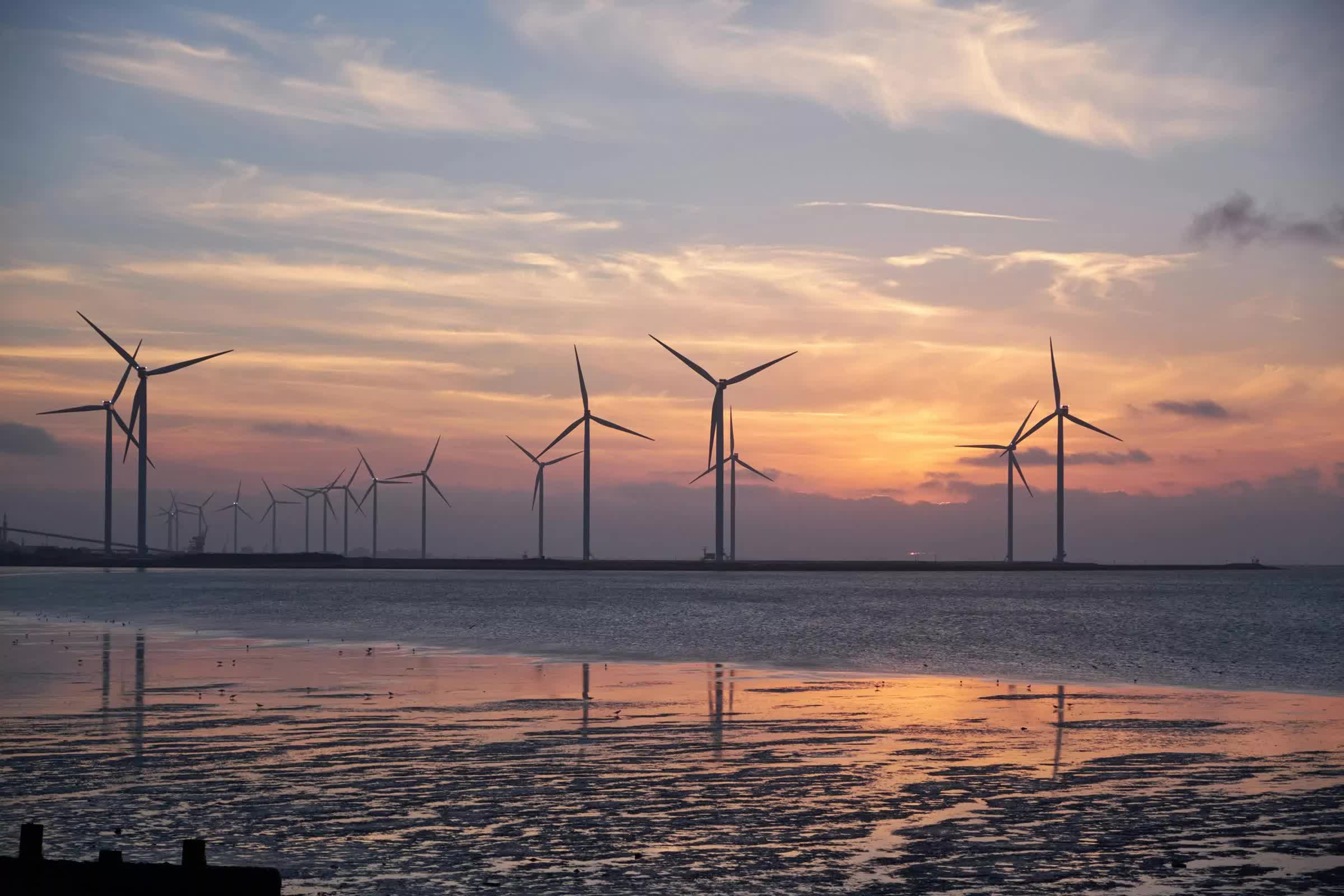The big picture: China, once viewed as a climate policy laggard due to its massive energy demands, is now breaking records in installing wind and solar power. New data shows the pace of the nation's clean energy transition is equivalent to bringing five large nuclear power plants' worth of renewables online every single week.
According to a report from the Sydney-based Climate Energy Finance (CEF) think tank, China will meet its aggressive 1,200 gigawatt renewable target for 2030 by the end of this month – a staggering 6.5 years ahead of schedule.
The numbers back it up. In the first five months of 2024 alone, China added 103.5 gigawatts of emissions-free capacity, accounting for 90 percent of all new power installations. Solar led the charge with 79.2 gigawatts, up 29 percent year-over-year, while wind added 19.8 gigawatts, an increase of 21 percent. Hydro came in third with 3.4 gigawatts worth of additions, although this was a 21 percent year-over-year decrease.
Overall, the country is installing at least 10 gigawatts of new solar and wind power every fortnight.
Equally impressive is the way these new installations are being built. Since the largest energy consumers are China's massive cities on its eastern end – and they are dominated by apartment buildings – rooftop solar panels haven't seen the kind of uptake we've seen in the West.

Instead, China is building many of its new wind and solar farms in desolate western regions like the Gobi Desert. Once the clean electricity is generated, it is transmitted over 3,000 miles east via the world's longest high-voltage transmission lines, according to an ABC News report.
At the same time, urban areas are seeing unique installations, such as a massive floating dual-rotor wind turbine sturdy enough to operate during hurricanes.
One of the big challenges with switching to intermittent renewable sources like solar and wind is ensuring a steady supply of power at all times. Renewables typically have a "capacity factor" of only around 25 percent, whereas nuclear power can operate at up to 90 percent of its maximum potential.
To stabilize this intermittent renewable supply, China is using a mix of energy storage from pumped hydro facilities, utility-scale batteries, and somewhat counterintuitively, new coal-fired power plants as well.
However, according to the China Energy Council's estimates, renewable generation will actually overtake coal-fired output by the end of this year. Despite the new additions, coal's overall share of electricity is dropping rapidly as clean energy continues to ramp up – even as the country remains the global leader in installed coal power capacity.
